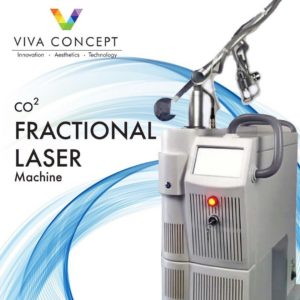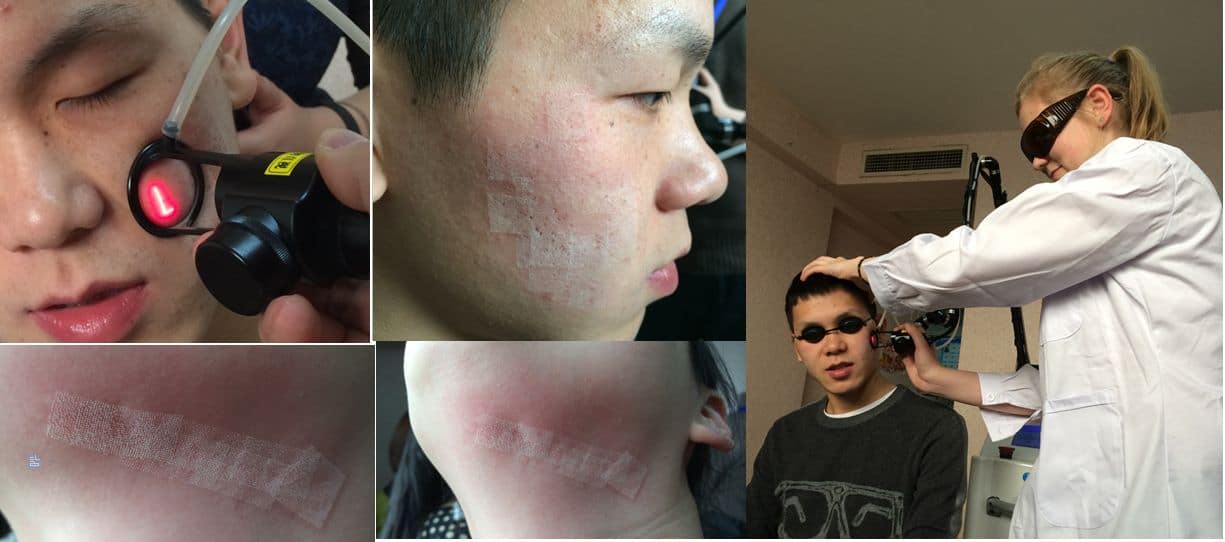Fractional co2 laser treatment application
Fractional co2 laser treatment can be used to improve texture, wrinkles, and blotchiness on the neck, chest, arms and legs but this should only be done by experts because the risk of complications, including scarring, is higher in these areas.
· Acne scars
· Actenic keratoses
· Basal cell carcinoma
· Burn debridement removal
· Laser skin resurfacing
· Eliminate the scar: Traumatism, operation
· Improve texture tone and pore size
· Erase unwanted brown spots
· Smooth wrinkles around the eyes and mouth
· Rejuvenate your neck, chest and hands etc
·Skin Whitening & Tightening, wrinkle Removal
·Pore shrinking
·Striae Gravidarum Removal, Tone &Texture Improvement
·Syringoma and Steatoadenoma Removal
·Treatment of Actinic keratoses & Seborrheic keratosis
·Vaginal tightening

Fractional co2 laser treatment theory
Fractional carbon dioxide (CO2) lasers are one of the latest advances in non-surgical skin rejuvenation treatments. The CO2 laser has the longest wavelength of all the lasers on the market and can be used safely on darker skin types with appropriate adjustments in the settings.
Fractional CO2 lasers excel at treating deeper wrinkles, more severe textural changes from sun damage, wrinkles, blotchiness, acne scars, and surgical or traumatic scars. It can be used on the delicate eyelid skin and around the mouth. It is also a very effective treatment for sun damage and precancerous growths (actinic keratoses – note that insurance will not cover this). Fractional or “pixilated” carbon dioxide (CO2) lasers are one of the latest advances in non-surgical skin rejuvenation treatments. The CO2 laser has the longest wavelength of all the lasers on the market and can be used safely on darker skin types with appropriate adjustments in the settings.
Fractional CO2 lasers excel at treating deeper wrinkles, more severe textural changes from sun damage, wrinkles, blotchiness, acne scars, and surgical or traumatic scars. It can be used on the delicate eyelid skin and around the mouth. It is also a very effective treatment for sun damage and precancerous growths (actinic keratoses – note that insurance will not cover this).







